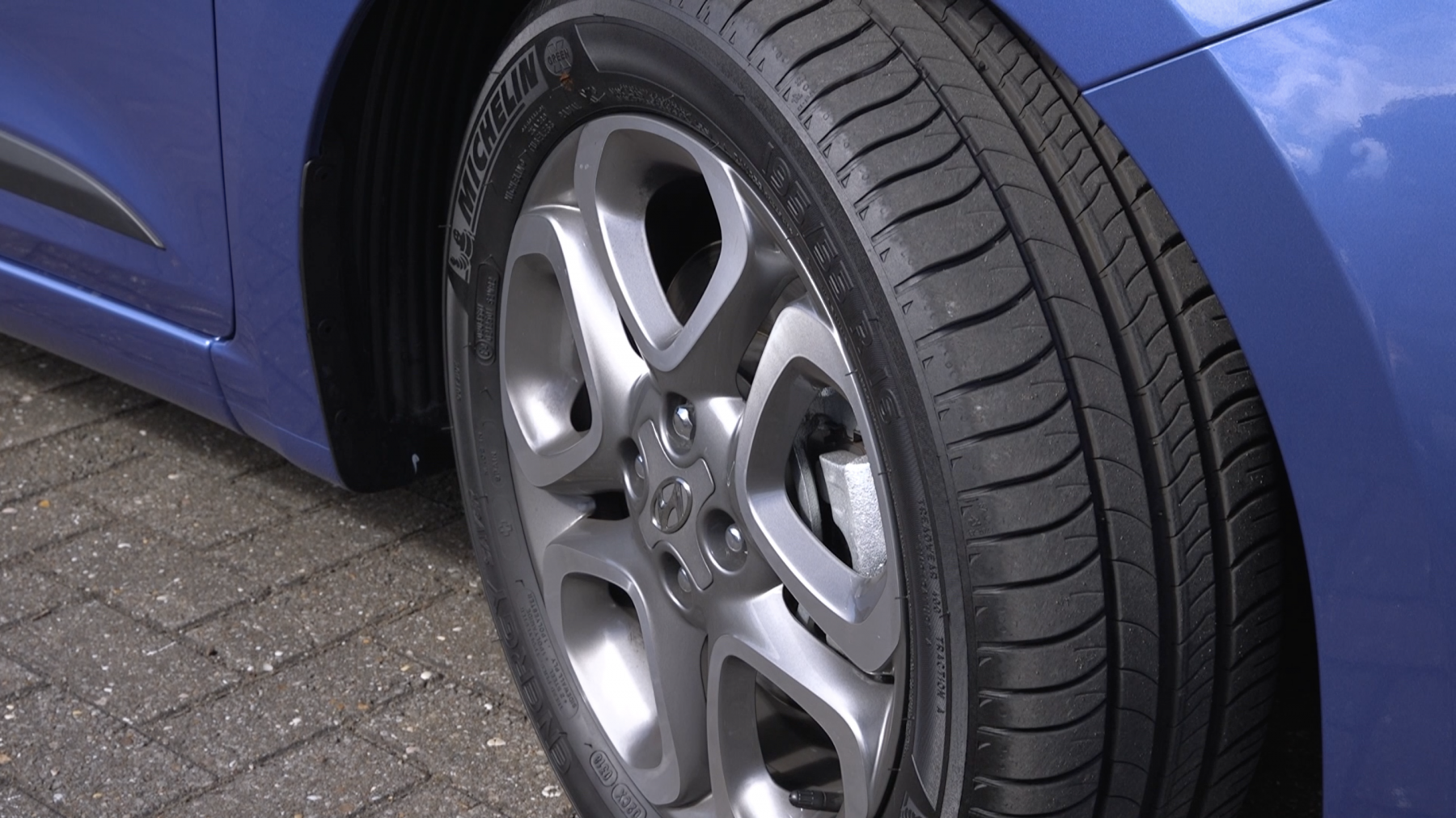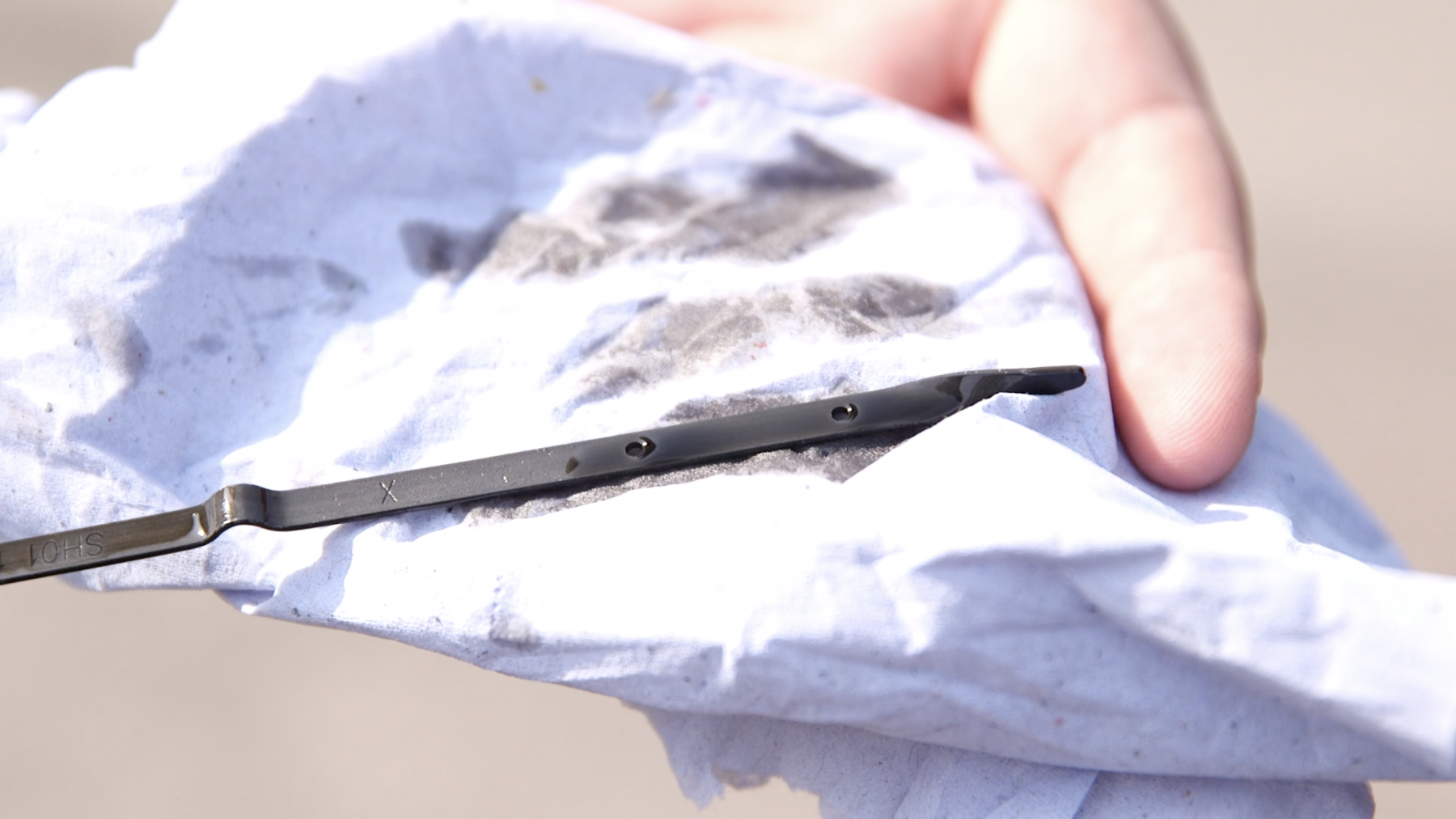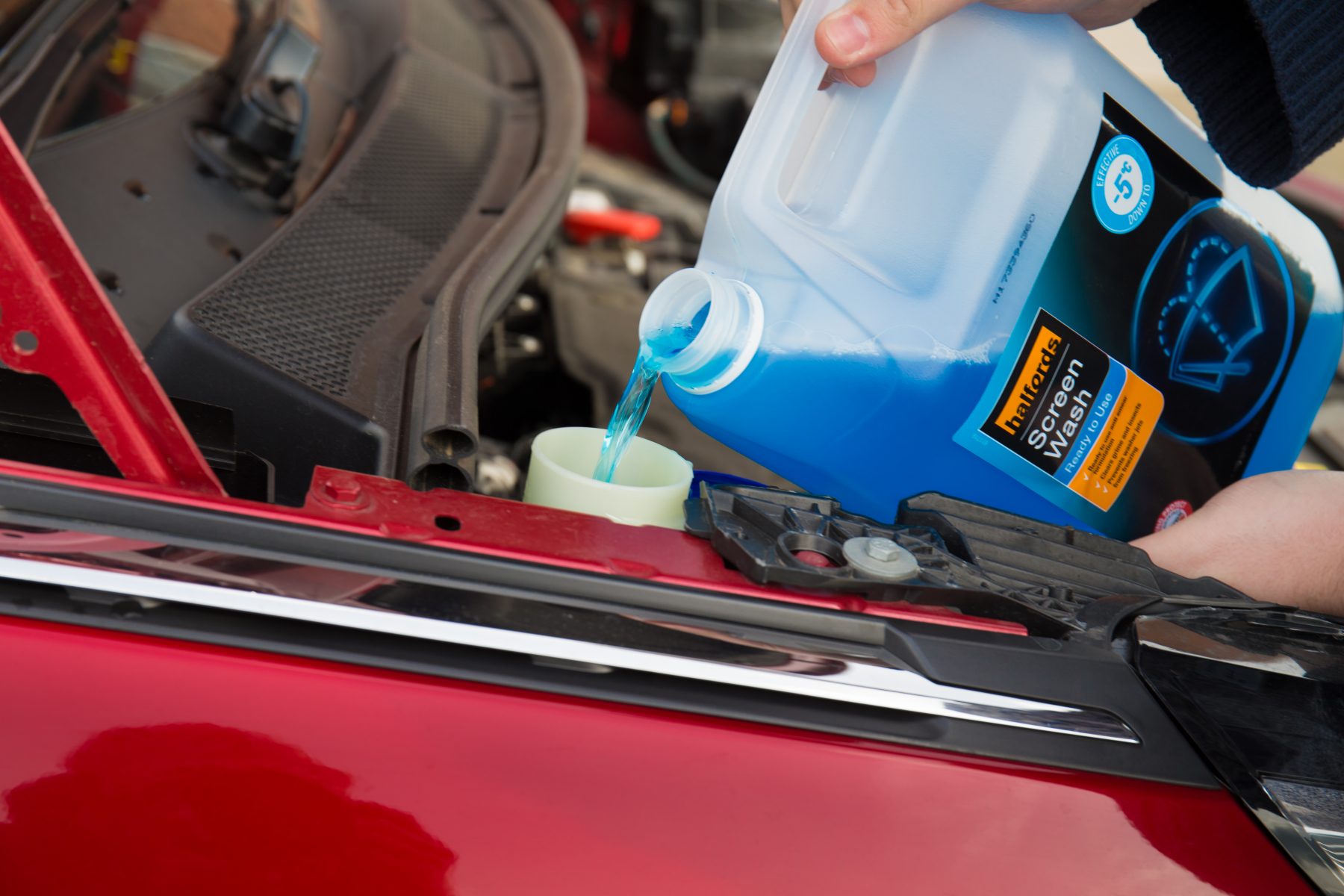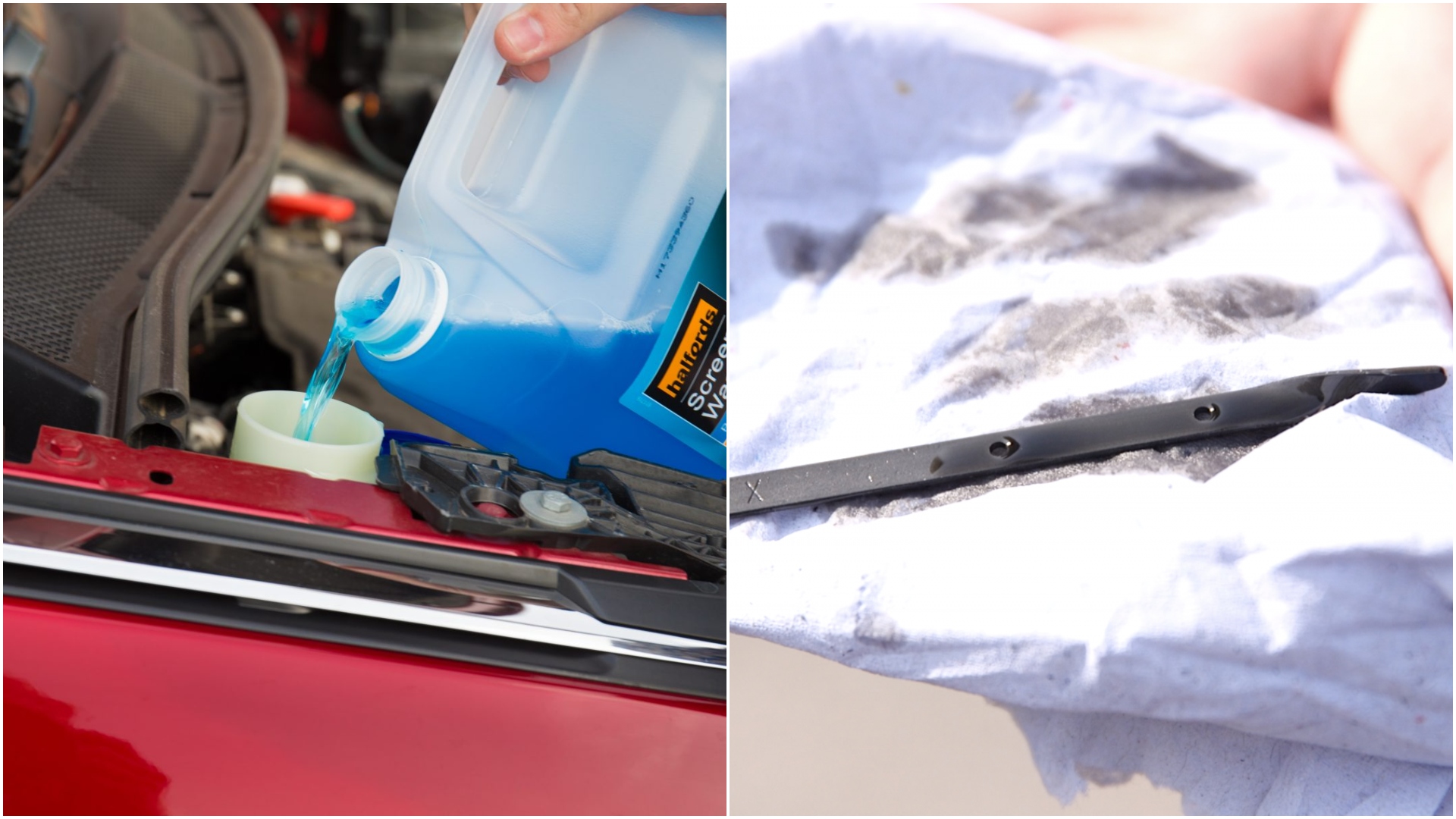This morning the Department for Transport (DfT) announced that it will grant a six-month MOT exemption to all cars, vans and motorcycles from March 30. It means that if your MOT expires after that time, it will automatically be exempt for a period of six months.
However, the DfT has also stated that cars should be kept in a roadworthy condition, with police able to prosecute those who are driving a car which is mechanically unsound.
Given the circumstances I'm granting an MOT temporary exemption so that if your MOT is due from 30th March 2020 you will automatically receive a SIX-month extension. However, you must still keep your car in a roadworthy condition and garages will remain open if you need repairs.
— Rt Hon Grant Shapps MP (@grantshapps) March 25, 2020
And while garages remain open for essential repairs, a few simple checks could help ensure that you’re safe out on the road. If your car does need to be taken to a garage, you must ensure that you’re not showing any signs of coronavirus – in which instance you shouldn’t visit the garage and should self-isolate instead.
Government advice currently states that you should stay at home and only go outside when absolutely necessary, but if you have to head out on the roads it’s worth making sure your car is all okay. With that in mind, here are some of the key checks to make sure that your car is safe and sound.
Ensure tyres are above legal tread depth and correct pressure

This is a straightforward one. The tyres are the only contact point between the car and the road, and it’s paramount that they’re in good condition. The minimum tread depth in the UK is 1.6mm, so check all of the tyre grooves to ensure they meet this. Either use a tread depth gauge or a 20p coin – if the outer band of the coin is obscured by tyre, then the tread depth is good.
Also, check your pressures – you’ll be able to find your car’s correct tyre pressures either in the handbook or inside the fuel filler cap. Check and fill appropriately.
Check your brakes
Your brakes are one of the most important mechanical parts of your car and without them, it’s likely you’ll be in a whole heap of trouble. So before you head out, it’s worth giving them a test to make sure that they’re working effectively.
When moving at a slow speed and when safe to do so, press down on the brake pedal and ensure that you’re getting a good amount of return pressure. If the pedal feels overly light or doesn’t effectively ‘bite’, it could be worth getting them checked out. Likewise, if the car ‘pulls’ or the brake pedal vibrates when you use it, this could be a sign that they need changing.
Remember, garages are still open for key maintenance.
Check your oil

Oil is a key element to the smooth operation of an engine, so it’s crucial it stays well topped up and in good condition.
Checking the levels of oil in your car is a simple task. In most cases, simply open the bonnet and locate the dipstick — usually with a bright yellow cap. If you have used your car prior to checking levels, allow the engine to cool for 10 minutes.
Use this time to check manufacturer guidelines on how often the oil should be replaced. If it’s been longer than a recommended interval, it’s best to book into a garage to have it drained and replaced as soon as possible.
Before removing the dipstick to check levels, ensure you have a clean piece of tissue to hand. Once you have removed the dipstick, use this to clear oil on it and locate the indicator markings — typically two holes towards the end of the stick.
Place the dipstick back in fully, remove it again and see where the oil level comes up to. It should be between the two indicators. If it’s below the lowest indicator, it’s time to top up. If it’s above, talk to a garage about removing any excess.
Keep washer fluid levels topped up

With the weather starting to brighten up, it’s crucial that you ensure that your windscreen washer fluids are kept topped up so you can effectively clear the screen. A smeary windscreen in low sunlight can be a nightmare – and dangerous too.
Use a correct amount of windscreen washer fluid – we wouldn’t advise using just water – and fill it through the correct filler cap. It’s traditionally the blue-capped pipe in the engine bay.
Check wipers are clearing screen correctly
Even if you’ve topped up your washer fluid correctly, it won’t make much difference if your wipers aren’t working effectively. If they’re streaky or ‘rub’ when operating, they need changing.
Replacements are simple and easy to fit and you’ll notice a lot of difference. It’s one of the easiest but most crucial pieces of maintenance you can make.
Test all your lights are working
Maximising road visibility is key to keep yourself and other drivers safe, so you should test your lights before heading off.
Checking the fronts is easy. Hop into your car with the ignition half-turned briefly (if your car is capable of operating the lights without the engine running, at least) and turn on your headlights. Hop out again, and ensure there are no bulbs out. Use this as a chance to test front and rear foglights too.
Brake lights can be trickier to test, though it helps if you have a second person to hand. Ask whoever is helping to stand at the rear of the vehicle as you push down on the brake pedal, though parking up against a wall or utilising a reflective surface such as a large mirror also works.
If you have any lights out, replace them imminently either yourself if you’re capable and have bulbs to hand, or through a local garage.

